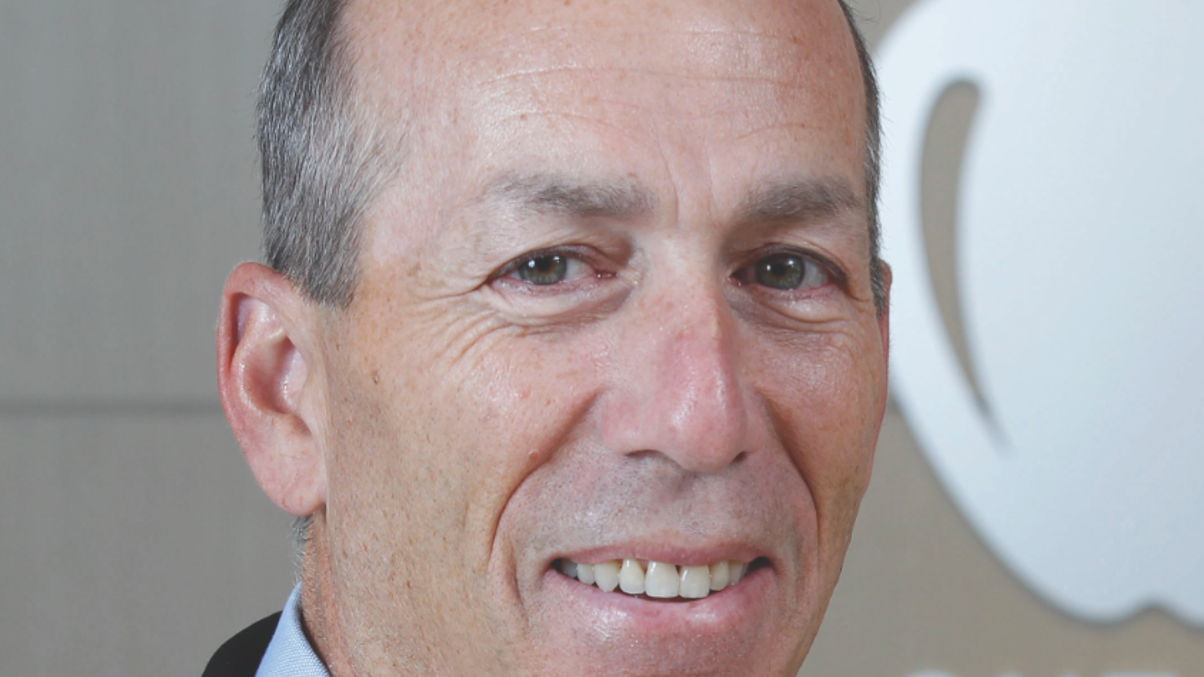Getting closer to Asian markets
Neil Petroff, chief investment officer at Ontario Teachers’ Pension Plan.

Neil Petroff has been with Toronto-based Ontario Teachers’ Pension Plan (OTPP) for 20 years, and became chief investment officer in 2009.
Sign in to read on!
Registered users get 2 free articles in 30 days.
Subscribers have full unlimited access to AsianInvestor
Not signed up? New users get 2 free articles per month, plus a 7-day unlimited free trial.
¬ Haymarket Media Limited. All rights reserved.


